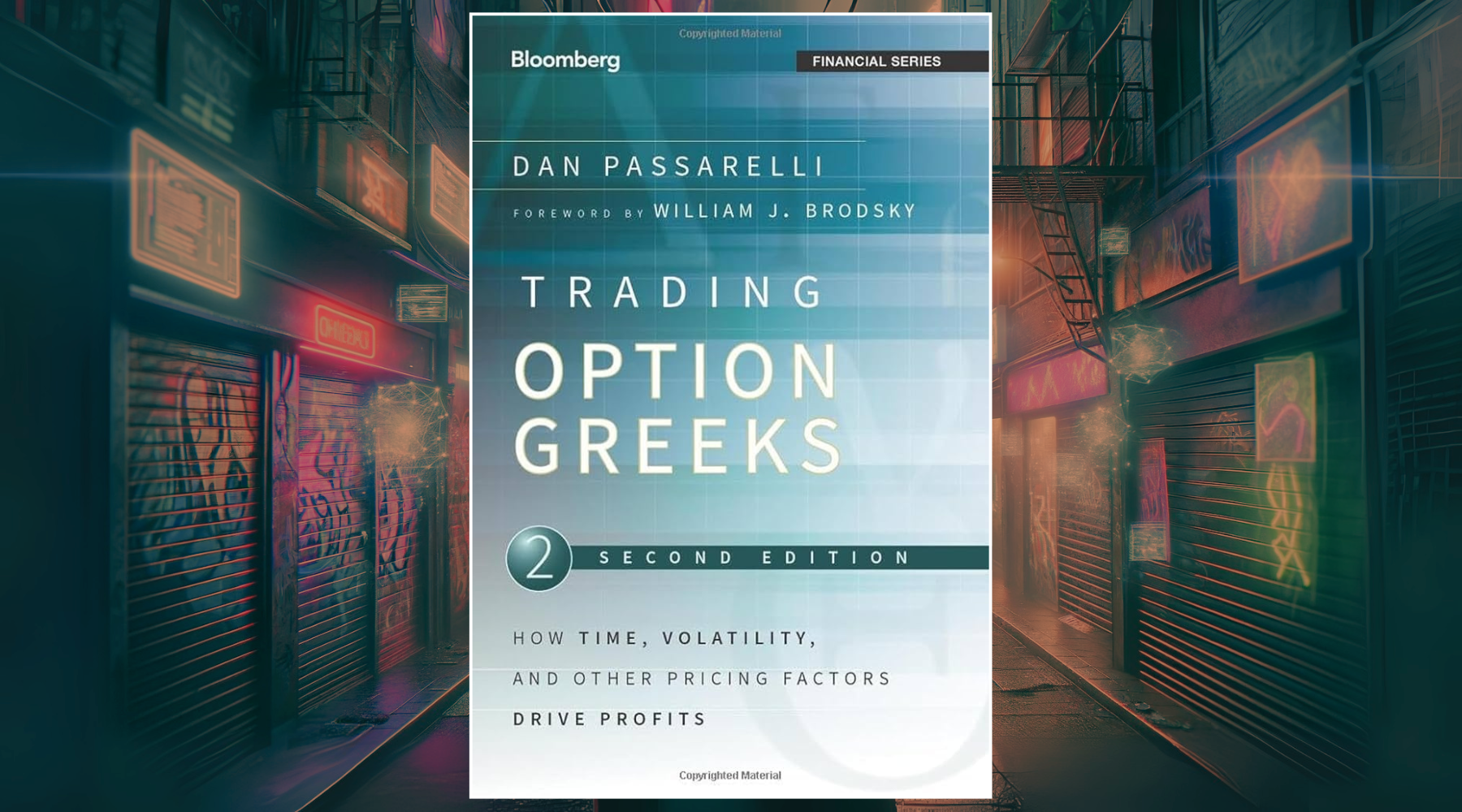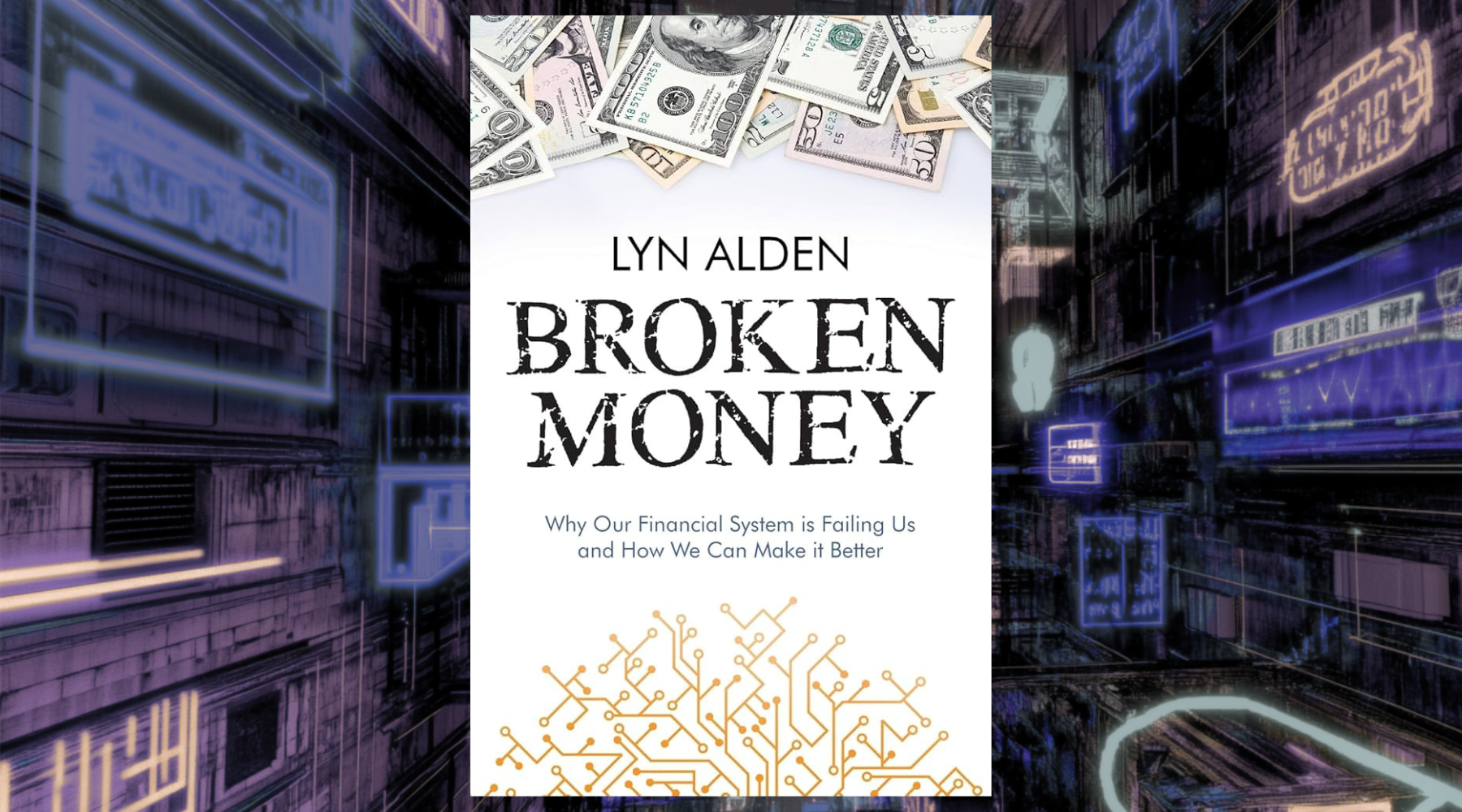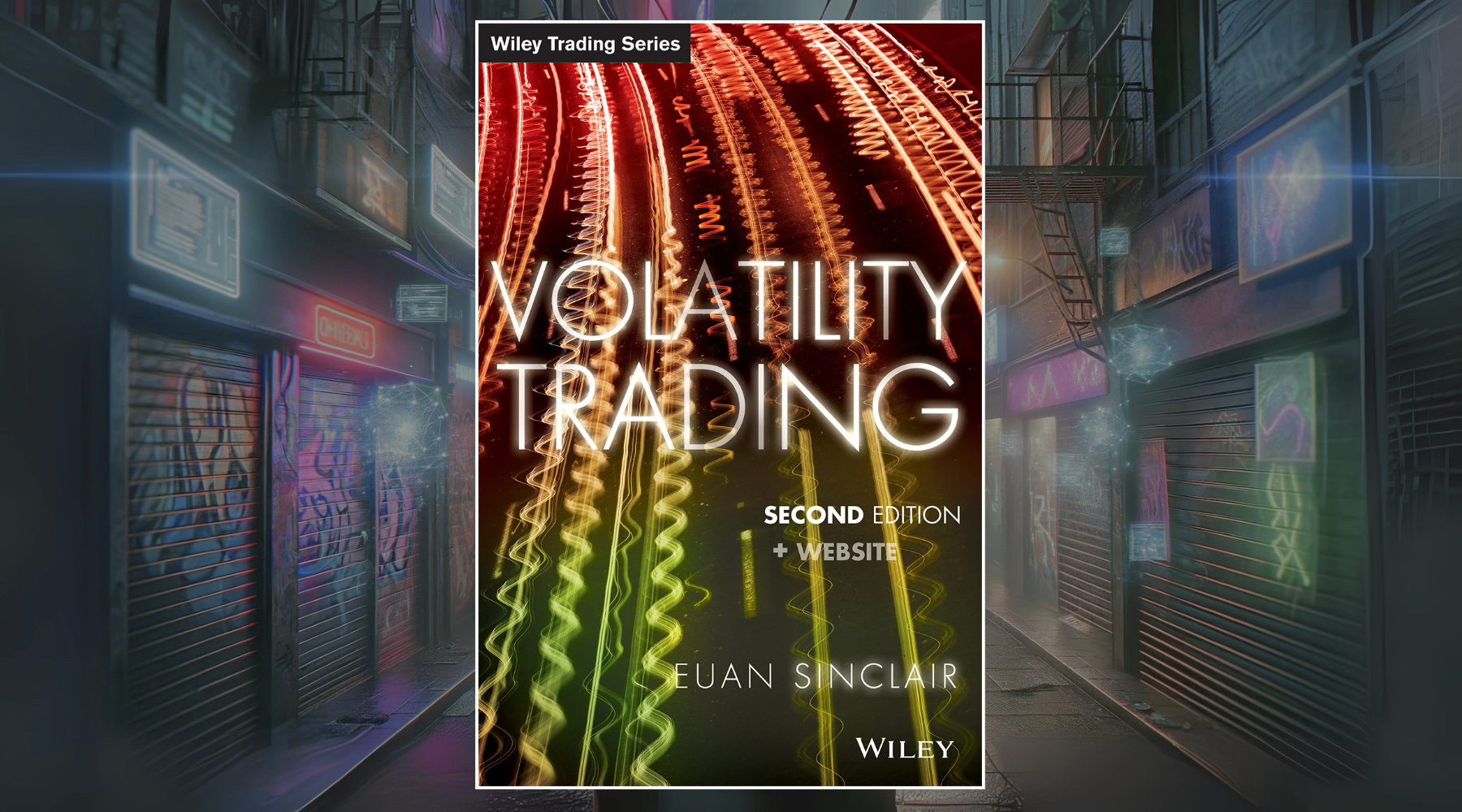Book Summary

"Mastering the Market Cycle" by Howard Marks is a book about understanding financial market cycles. Marks, the best-selling author of The Most Important Thing, explains how knowing these cycles can help make better investment choices.
The main idea is that while we can't predict the future, we can prepare for it by understanding market cycles. These cycles happen in the economy, stock market, and different business sectors. Marks says they follow patterns that investors can learn to recognize.
The book also talks about how human behavior affects market cycles. Marks explains that feelings like greed and fear can push markets to extremes. This focus on psychology adds depth to the usual number-based market analysis. You don’t want to get caught in a market bubble, so it’s best to understand the high points of the market cycle.
“The ultimate purpose of this book isn’t to help you understand cycles after they’ve taken place. Rather, it is to enable you to sense where we stand in the various cycles in real time, and thus to take the appropriate action.” ~ Howard Marks, Mastering the Market Cycle

Themes and Concepts
The Pendulum Swing
Marks uses the image of a swinging pendulum to show how markets move between extremes. He explains that markets often swing from very optimistic times (when prices are high and risks seem low) to very pessimistic times (when prices are low and risks seem high). This pendulum swing happens because investors tend to overreact to both good and bad news. Understanding this pattern can help investors recognize when the market might be getting too excited or too scared.

The Economic Cycle
The book looks closely at how the broader economy goes through ups and downs. Marks discusses how factors like employment rates, consumer spending, and business investments work together to create economic cycles. He explains that these cycles affect stock prices, interest rates, and business growth. By recognizing where we are in the economic cycle, investors can make more informed decisions about which investments might do well.
The Risk & Psychology Cycle
This part explores how investors' feelings about risk change over time. When times are good, investors often become too confident and take on too much risk. When times are bad, they often become too fearful and avoid even good opportunities. Marks argues that these psychological shifts cause assets to be priced wrong. He suggests that understanding this cycle can help investors spot times when assets are overvalued or undervalued.
“When psychology is negative and markets have been falling for a while, everything is capable of being interpreted negatively. Strong economic data is seen as likely to make the Fed withdraw stimulus by raising interest rates, and weak data is taken to mean companies will have trouble meeting earnings forecasts. In other words, it’s not the data or events; it’s the interpretation. And that fluctuates with swings in psychology.” ~ Howard Marks, Mastering the Market Cycle
Mastering The Market Cycle: Getting the Odds on Your Side
Howard Marks's expert guide to understanding and navigating market cycles for superior investment returns. Learn how to recognize where markets stand in their cycles, position portfolios accordingly, and improve timing decisions. This essential work from the legendary Oaktree Capital founder reveals how cycles drive market behavior and investment opportunities.
View on AmazonThe Credit & Debt Cycle
Marks stresses how important the availability and cost of loans are in shaping market cycles. When credit is easy to get and cheap, businesses and individuals tend to borrow more, which can drive up asset prices. When credit becomes harder to get or more expensive, it can lead to a slowdown or even a crisis. The book explains how these credit cycles connect with and influence other parts of the market, affecting everything from stock prices to real estate values.
“Prosperity brings expanded lending, which leads to unwise lending, which produces large losses, which makes lenders stop lending, which ends prosperity, and on and on.” ~ Howard Marks, Mastering the Market Cycle
The Real Estate Cycle
The book gives special attention to real estate cycles because they have such a big impact on the economy and individual wealth. Marks describes how real estate goes through periods of building booms and busts. He explains how factors like interest rates, population growth, and economic health affect real estate prices. Understanding this cycle can help investors know when might be a good or risky time to invest in property.
Positioning & Successfully Investing in the Market Cycles
In this section, Marks offers practical advice on how to use knowledge of market cycles when investing. He suggests strategies for different points in various cycles. For example, he advises being cautious when everyone else is excited about the market, and looking for opportunities when others are fearful. He also emphasizes the importance of patience and long-term thinking. Marks explains that successfully navigating market cycles isn't about predicting the future, but about understanding the present and being prepared for different possibilities.
“Successfully positioning a portfolio for the market movements that lie ahead is dependent on what you do (turning aggressive or defensive) and when you do it (based on a superior understanding of what cycles imply for future market moves). It’s the goal of this book to help in those regards.” ~ Howard Marks, Mastering the Market Cycle
My Evaluation
The big question this book tries to tackle is how to figure out where the market is in its cycle. We can look at things like P/E ratios on stocks, bond yields, real estate values, and cash flow from buyouts. When these numbers are higher than usual, it means future returns might be lower. On the other hand, when the market crashes, asset prices drop to really good deals. These changes are easy to see and measure.
Also, understanding where we are in the market cycle gets easier if we watch how investors behave. The main risk in investing doesn't come from the economy or the companies themselves, but from how people in the market act. The chances for big returns come from this behavior too.
When investors are careful, think about risks, and keep their emotions in check, prices stay reasonable compared to actual values, making the market stable. But when investors get too excited and push prices too high, or panic and sell off too low, the market gets shaky.
As Warren Buffett says, "The less prudence with which others conduct their affairs, the greater the prudence with which we should conduct our own affairs.” And what he means is that when others are euphoric, we should be terrified. And when others are terrified, we should be looking for some great priced investments!
"Mastering the Market Cycle" has many strengths, but it's not up to high on my recommended book on my list. If you’ve never read any Howard Marks books, I would very highly recommend “The Most Important Thing”, it’s one of my all-time favorites!










Leave a comment
This site is protected by hCaptcha and the hCaptcha Privacy Policy and Terms of Service apply.